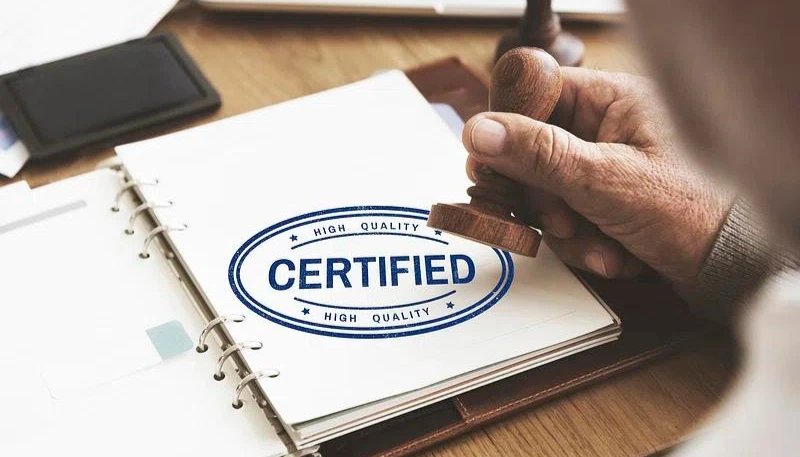Clinical Evaluation of Medical Devices
Since the medical device regulation (EU) 2017/745 by the European Union started getting enforced, manufacturers are struggling with the most important requirement laid out in the regulation, i.e., clinical evaluation of the device.
Clinical evaluation in one format or another is required for the devices of all risk classes in regulatory approval of any governing bodies in any country. Besides the EU, the regulators from Australia, China, and India need clinical evidence in dossier submissions.
The Medical Device Regulation Act of 2020 establishes the legal foundation for the regulation of medical devices in India, which also lays out the requirements of the clinical evaluation. The Central Drugs Standard Control Organisation (CDSCO), a division of the Ministry of Health and Family Welfare, is in charge of regulating medical devices and IVDs.

This organization is known as the Drug Controller General of India (DCGI). In China, clinical evaluation is required by the National Medical Products Administration (NMPA). The U.S. FDA also requires clinical studies for 510k submissions (if not based on substantial equivalence).
So, what is clinical evaluation? How do you plan clinical evaluation for your device? How do I report it for regulatory submission? What are the mandatory requirements around it? MEDDEV 2.7/1 revision 4 clinical evaluation: A guide for manufacturers and notified bodies under directives 93/42/EEC and 90/385/EEC and MDCG guidelines provide detailed information on clinical evaluation of medical devices.
Let’s dive deep into the clinical evaluation of the medical device as per medical device regulation (EU) 2017/745. Additional guidance on clinical evaluation and evidence is also available from China and TGA Australia, like clinical evidence guidelines for medical devices.
Definition of clinical evaluation: A methodical and well-planned procedure for continuously generating, gathering, analyzing, and evaluating clinical data related to a device to confirm the device’s performance and safety, including clinical advantages, when used as the manufacturer intended.
From the above definition, one thing is crystal clear: in this era of evidence-based medicine, well-curated clinical data is the only evidence for the safety and efficacy of a medical device.
Now what is this clinical data? Clinical research is inevitable to create new devices for various human ailments. Clinical trials and investigations (research studies involving human participants) must be carried out to establish the performance and safety of the device in human subjects. This will generate clinical data.

Clinical data are sourced from:
- Clinical investigation(s) of manufacturer’s device
- Clinical investigation(s) or other studies reported in the scientific literature of a similar device for which equivalence to the manufacturer’s device can be demonstrated; or
- Published and/or unpublished reports on other clinical experience of either the manufacturer’s device or a similar device for which equivalence to the device in question can be demonstrated.
Performing clinical trials and investigations will generate what is known as clinical data for the device. Clinical data from various sources will help manufacturers establish the device in any market.
Post-market surveillance (PMS) is also a method of generating clinical data. Post-market surveillance activities like feedback collection, a survey, a registry, or a post-market clinical follow-up study can help gather clinical data on the safety and performance of the device in the intended population.
The collection of the clinical data has to be a continuous process. Clinical data can be collected for various aspects of the manufacturer’s device. For example, clinical data for intended clinical benefit, for different indications, different subset of target patient population, novel features of the device, etc.
So much data to be collected, it is overwhelming, right? That’s where Alceon Medtech consulting services come into play. We offer one-stop solutions for all your regulatory requirements. Whether it’s the collection of clinical data or submission of the regulatory documents. Feel free to check out the services we offer and contact us for all the solutions.
What now! After collection of varieties of clinical data, what’s the next step? Well, now is the time for the clinical evaluation of your device based on the clinical data collected. So, what are the documentation requirements of clinical evaluation as per medical device regulation (EU) 2017/745? Following are some of the documentation requirements, which are primarily EU centric but a majority of these are required by other jurisdictions as well.
The following documents are required while submitting your device’s clinical evaluation:
1. Clinical evaluation plan (CEP)
2. Literature Search Protocol (LSP)
3. Literature Search Report (LSR)
4. Post-market surveillance (PMS) plan
5. Periodic safety update report (PSUR)
6. Post-market clinical follow-up (PMCF) plan
7. Post-market clinical follow-up (PMCF) evaluation report
8. Clinical study protocol/Clinical Investigation Protocol (CSP/CIP)
9. Clinical study report/Clinical Investigation report (CSR/CIR)
10. Clinical evaluation report
11. Summary of safety and clinical performance (SSCP)
The clinical evaluation report is perhaps the most important piece of document that will lead you closer to regulatory approval of your device.
In upcoming blogs, we will discuss all the requirements and documentation in detail. So, stay tuned. Meanwhile check out our services and get your device certified.


